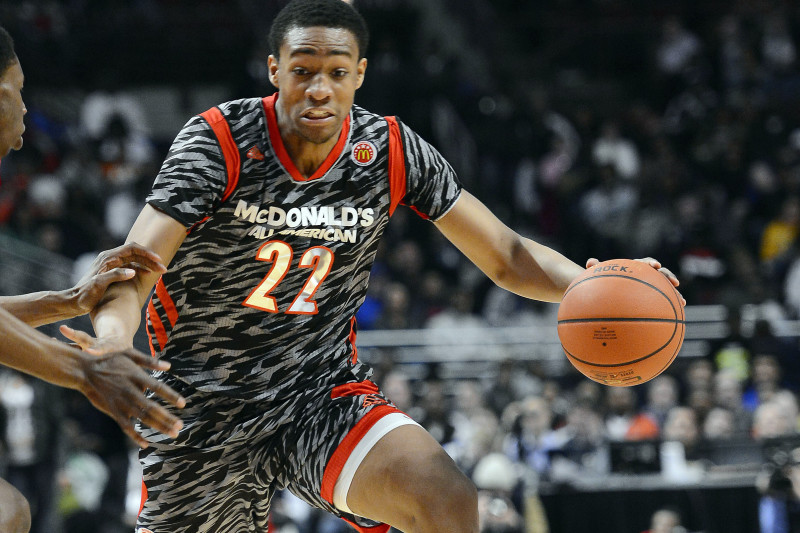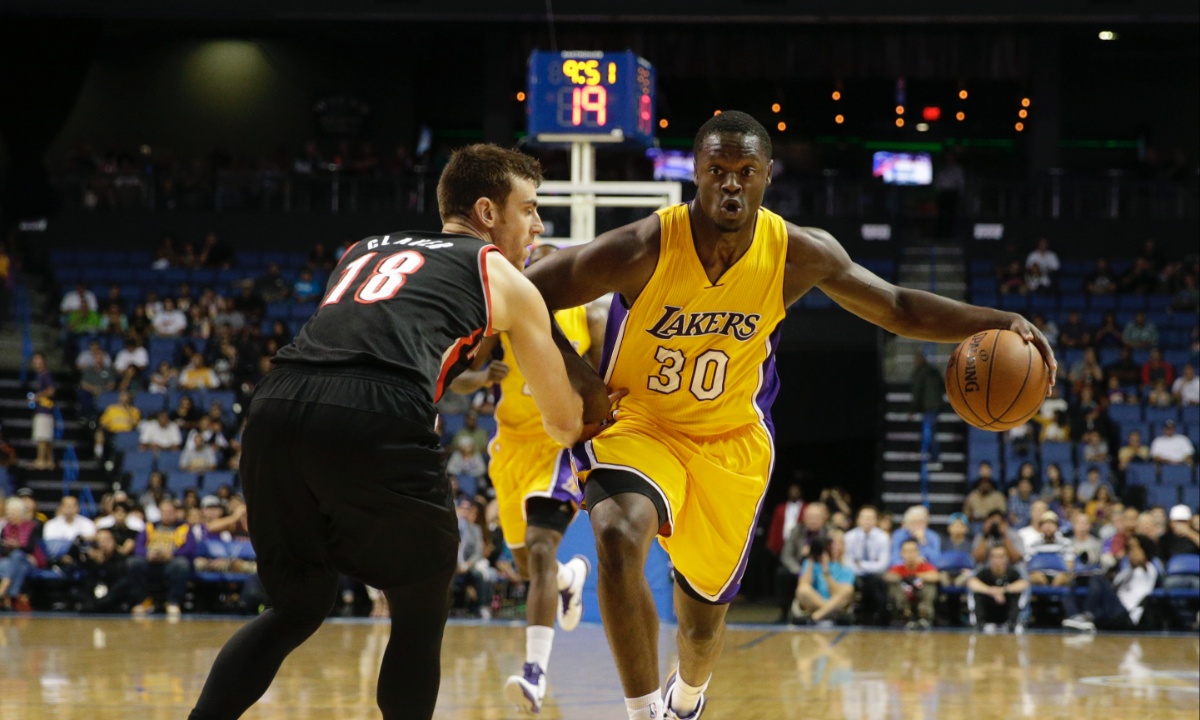The “one-and-done” rule in college basketball requires players to wait a year after high school before they can enter the NBA draft. This rule has sparked much debate, with supporters arguing it benefits player development, while critics believe it harms the college game. Proponents say the extra year in college helps players mature physically, refine their skills, and gain valuable experience against strong competition, better preparing them for the NBA. However, critics contend that one year may not be sufficient for significant growth.
One of the advantages of the one-and-done rule is the excitement it generates for college basketball programs. Top recruits often bring media attention, resulting in increased ticket sales, merchandise revenue, and overall prestige for their schools. The presence of talented players can also help less well-known programs, providing more opportunities for competition and raising the level of play across the board.

Despite these benefits, many believe the drawbacks of the rule outweigh the positives, especially for the athletes involved. A major concern is the focus on basketball at the expense of academics. Many players prioritize their NBA future, leading to a diminished college experience and educational value. Additionally, teams that are built around one-and-done players often struggle with team chemistry, as the focus shifts from developing well-rounded players to showcasing individual talent, which can negatively affect players who stay in the program.
Another significant issue is the financial aspect of the rule. While schools profit from ticket sales, merchandise, and program prestige, players receive minimal compensation. While recent changes to NCAA rules have allowed athletes to profit from their name, image, and likeness, critics argue that the system still disproportionately benefits the schools over the athletes, leaving the players underpaid for their contributions.
To address these concerns, one potential solution is to raise the minimum age for the NBA Draft. This would give players more time to mature and experience college life while gaining more value from their education. A “declare and return” option could also be introduced, allowing players to declare for the draft while retaining eligibility if they aren’t selected high enough. This would empower athletes to make more informed decisions about their future. By increasing compensation and providing more opportunities for player development, college basketball could create a better balance between player growth and maintaining the integrity of the college game.
